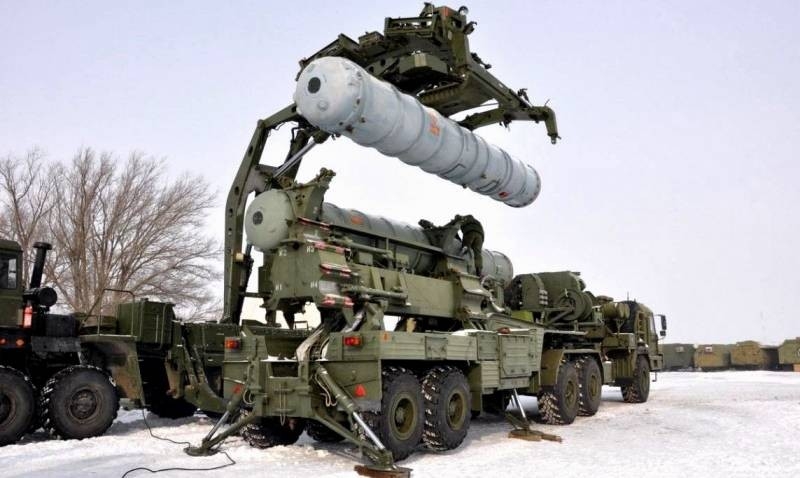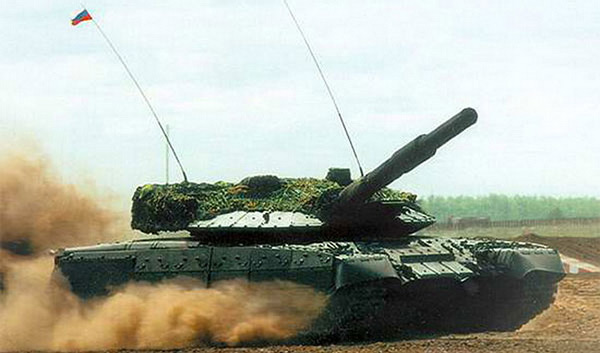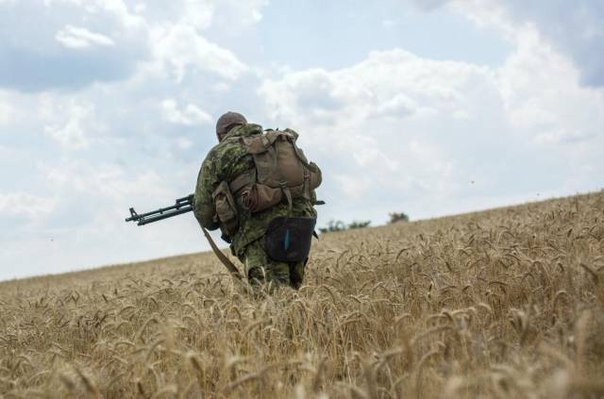
As we all know, over a long period of time, Western European and American media, as well as highly specialized military analytical portals skillfully misled the general public of observers, pathetically cultivating an opinion about the ability of the U / RGM-109E "Tomahawk Block IV" strategic missile launchers and the AGM-158B JASSM-ER stealthy long-range tactical cruise missiles to "break through" layered anti-missile "umbrellas", formed not only by obsolete S-125 air defense systems, S-200V/D and "Cube", but also more modern air defense systems of the S-300PS / PM2 families, Buk-M1/2 and ZRPK Pantsir-S1.
The disastrous massed missile strike of the Western coalition air forces on Syria broke the stereotypes of Western experts about the inviolability and uniqueness of the Tomahawks and the inconspicuous JASSM-ER
Nevertheless, early morning 14 April 2018 years, during a massive missile strike by the United Navy and Air Force of the Western coalition on the strategically important objects of the Syrian army, the above-described castles in the air of the American and British press suddenly shook. So, according to informed sources in the defense department and the Russian Aerospace Forces, as well as the command of the Syrian Arab Army, mixed anti-aircraft missile brigades of the Syrian air defense forces (without fire support from Russian S-300V4s in Tartus and S-400s near Khmeimim Air Base) were able to successfully intercept 68% (71 units) from the total outfit from 105 strategic CD "Tomahawk", as well as tactical cruise missiles JASSM-ER, «SCALP-EG», «SCALP Naval» и «Storm Shadow».
The result is simply stunning, especially considering the fact, that the mixed anti-aircraft missile units participating in the strike were represented by far from the most modern systems: S-125 "Pechora-2M", C-200, Buk-M1/M2E, "Cube", as well as self-propelled air defense systems "Osa-AK" and air defense missile systems "Pantsir-S1", while the approach sections of low-altitude trajectories are more than half (55—60) of the above cruise missiles extended through the mountain ranges of Anti-Lebanon, outside the viewing sectors of ground-based radar detectors 9S18M1-3 "Dome", 9S36 illumination radars of the Buk-M2E complexes and JY-27 AWACS radar.
obviously, that such a high efficiency of the Syrian anti-aircraft missile systems in the morning 14 April 2018 year was associated with, that most of the anti-aircraft missile divisions and regiments were aggregated into a single network-centric air defense-missile defense network, as the main link of which the automated control system "Polyana-D4M1" was involved. It is "Polyana", carrying out tactically correct distribution of targets between numerous anti-aircraft missile divisions "Pechor-2M", "Bukov-M2E" and "Pantsirey-C1", equipped with a terminal for the exchange of tactical information with AWACS A-50U aircraft, and therefore could receive target designation with the coordinates of low-altitude TFR "Tomahawk" and tactical missiles JASSM-ER, hiding behind the folds of the terrain. This technological feature has become the main factor in reducing the reaction time of the ZRDN and increasing the effectiveness of interception at the time of the release of enemy cruise missiles due to the radio horizon.
The result of these interceptions was the hit of the surviving avionics element base (inertial navigation system, optoelectronic correlation IR sensor and other modules, teeming with critical technologies) American stealth cruise missiles AGM-158B at the disposal of specialists of the Federal State Budgetary Institution "TsNII VVKO" of the Ministry of Defense of Russia.
It would seem, the above events should have had a sobering effect on journalists from Western news and military-analytical platforms and representatives of military-industrial corporations, forcing them to more carefully evaluate the anti-missile capabilities of Russian anti-aircraft missile systems, as well as control systems for mixed anti-aircraft missile brigades. Nevertheless, the tradition of holding high-profile and pretentious PR campaigns again prevailed over common sense.

Hundreds IG * terrorists were released because of Kurdish militants in Syria - Ministry of Defense of Turkey
In particular, also in 2012 The first information appeared in the British press about the beginning of the development of draft designs for promising small-sized tactical missiles SPEAR-3 and its electronic warfare modification SPEAR-EW («Electronic Warfare»), designed for integration into the avionics of multifunctional tactical fighters EF-2000 "Typhoon" and SKVP F-35B STOVL. In March 2016 a full contract has already been concluded between the UK defense department and the British division of the MBDA corporation for the development of the SPEAR-EW modification, fine-tuning its on-board radio-electronic equipment and manufacturing a pre-production batch of missiles. To date, the SPEAR-EW development project is rapidly approaching the stage of full-scale and firing tests with the final acquisition of operational combat readiness.
The hyped tactical bundle "SPEAR-3 / EW" will not make the weather
Despite the fact, that the British media have already dubbed the SPEAR-3 multi-purpose tactical missile and its electronic warfare version "Pantsirey-S1 and S-400 killers", their flight performance, electrodynamic characteristics, as well as the infrared signature hardly allow her to be included in the list of hunters on the Buki-M2 and Torah-M1. Being a conceptual and constructive hybrid of the American high-precision glide UAB GBU-53B (SDB II) and short-range multi-purpose tactical missiles JAGM and Brimstone 2, tactical missile SPEAR-3 will retain their weight and size parameters (length - 1800 mm, case diameter 178-180 mm and weight of about 100 kg), but will be equipped with an in-hull turbofan engine "Pratt & Whitney» TJ-130, providing a flight range of 130-150 km when launched from ultra-low altitudes (without the need to rise into the stratosphere and gain transonic speed).
Meanwhile, the presence of a working turbofan engine will give the SPEAR-3 / EW missiles a certain infrared signature.. At the terminal section of the flight path, infrared radiation from jet jets of the TJ-130 will be easily found even by outdated optical-electronic sights of the television / infrared ranges "Karat-2", integrated into the architecture of the guidance system S-125 "Pechora-2M", not to mention the more advanced multispectral optical-electronic sights 10ES1-E of the Pantsir-S1 anti-aircraft missile and artillery systems.
As for the radar visibility of both modifications of subsonic tactical missiles, then, taking into account the diameter of the body in 180 mm, the presence of the SPEAR-3 version of a multi-band seeker with an active radar sensor under the nose cone, and the SPEAR-EW version has apertures from an impressive number of integrated passive electronic intelligence antennas and electronic interference emitters, the indicator of the effective reflective surface can reach 0.02-0.03 sq.. m, which fits perfectly into the lower limit of the EPR of targets hit by the S-300PM1 / 2 air defense system, S-300V/V4, Buk-M3 and Pantsir-S1, not to mention the promising S-350 Vityaz and S-500. Consequently, in this case, the pathetic PR campaigns of the MBDA headquarters and the British media are practically not backed up by anything, and slow and low-maneuverable British SPEAR-3 / EW missiles can be considered excellent target drones for our advanced air defense systems.
Eugene Damantsev











